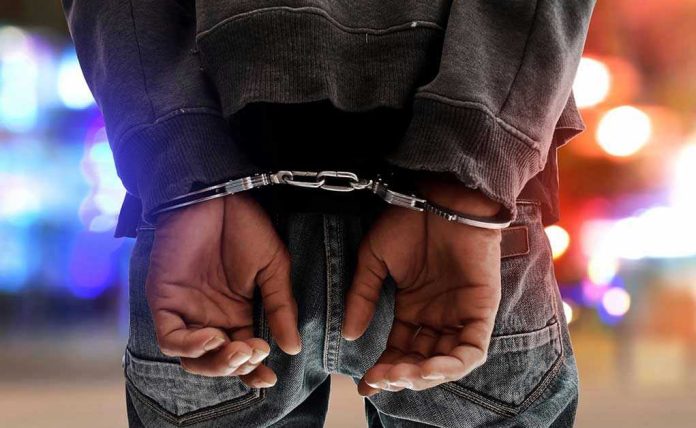
A college football team played a full game just hours after two of its own were stabbed by a teammate in their campus facility, forcing everyone to confront whether tradition or safety rules the day.
Story Snapshot
- A University of Alabama at Birmingham (UAB) football player stabbed two teammates in the team facility just hours before a scheduled game.
- The accused, a recent transfer, was arrested and charged with aggravated assault and attempted murder.
- Despite the violence, UAB’s interim head coach Alex Mortensen decided to play the game, citing senior players’ wishes.
- The team lost decisively and the incident has sparked debate about institutional priorities and crisis management in college sports.
Violence Within the Locker Room: A Shocking Morning
Early on November 22, 2025, the UAB Football Operations Center became the site of a violent escalation. Daniel Israel Mincey, a 20-year-old redshirt freshman and recent University of Kentucky transfer, allegedly stabbed two teammates, sending both to the hospital in stable condition. The attack happened inside the team’s own facility, not off-campus or in a public venue. Campus police arrested Mincey around noon, charging him with aggravated assault and attempted murder. This incident unfolded mere hours before UAB’s scheduled senior day matchup against South Florida—a day meant to honor the team’s graduating players.
For a program already battered by a losing record and a recent head coach firing, the morning’s violence was both a breaking point and a test of leadership. The locker room, supposed to be a haven for athletes, became a crime scene. The university cited privacy and investigative reasons for not releasing the names or specific conditions of the injured players, further fueling speculation and anxiety among the team and campus community.
Choosing to Play: Leadership Under Pressure
Interim head coach Alex Mortensen faced a decision with no playbook: cancel the game and prioritize recovery, or press on in the name of tradition and senior recognition. Mortensen claimed that after consultation, senior players insisted on playing their final home game. Several players, understandably shaken, opted out, but the team took the field as scheduled at 3 p.m. The move immediately sparked controversy. Was it truly the players’ decision, or did institutional momentum and external pressure override concerns for safety and well-being? The team lost 48-18, a blowout that seemed to underscore the emotional toll of the day’s events.
The university offered counseling support and stressed the importance of honoring senior day, but critics questioned whether those measures sufficed. The coaching staff and administration faced a dilemma: uphold the sanctity of sport or adapt to crisis with compassion and caution. The decision to play, especially on senior day, became the focal point for debate about values in college athletics.
Institutional Response and Fallout
The administration’s official statements were measured, emphasizing privacy, patient well-being, and ongoing investigation. Mincey remains in custody at Jefferson County Jail, with his legal representation status unclear. The campus police continue to lead the investigation, and the university has yet to clarify how exactly the game-day decision was reached. For a program already reeling from instability, this incident threatens to further erode trust and morale.
The event’s impact extends beyond the scoreboard. The trauma experienced by the injured players, as well as those who witnessed or were affected by the violence, will likely linger long after the season ends. The university faces scrutiny over its crisis management, safety protocols, and commitment to transparency. Families of the involved players and the wider Birmingham community are left grappling with questions about support, accountability, and the future of the program.
Ripple Effects: College Sports Crisis Management
Beyond UAB, athletic departments nationwide are watching closely. The incident highlights the need for clearer protocols when violence erupts within a team. Recruiting efforts may suffer as families weigh safety over opportunity. Donor confidence and ticket sales could take a hit, and the program’s reputation now depends on the integrity of its response. This case may become a touchstone in future debates on institutional responsibility, mental health support, and the balance between honoring tradition and protecting people.
The decision to play after a violent incident is rare in college sports. UAB’s experience will likely prompt policy reviews across the NCAA, with greater attention to crisis intervention, transparency, and the role of player agency in institutional decisions. Whether this moment becomes a catalyst for change or a cautionary tale depends on how leadership moves forward—and whether common sense prevails over tradition when the stakes are highest.






